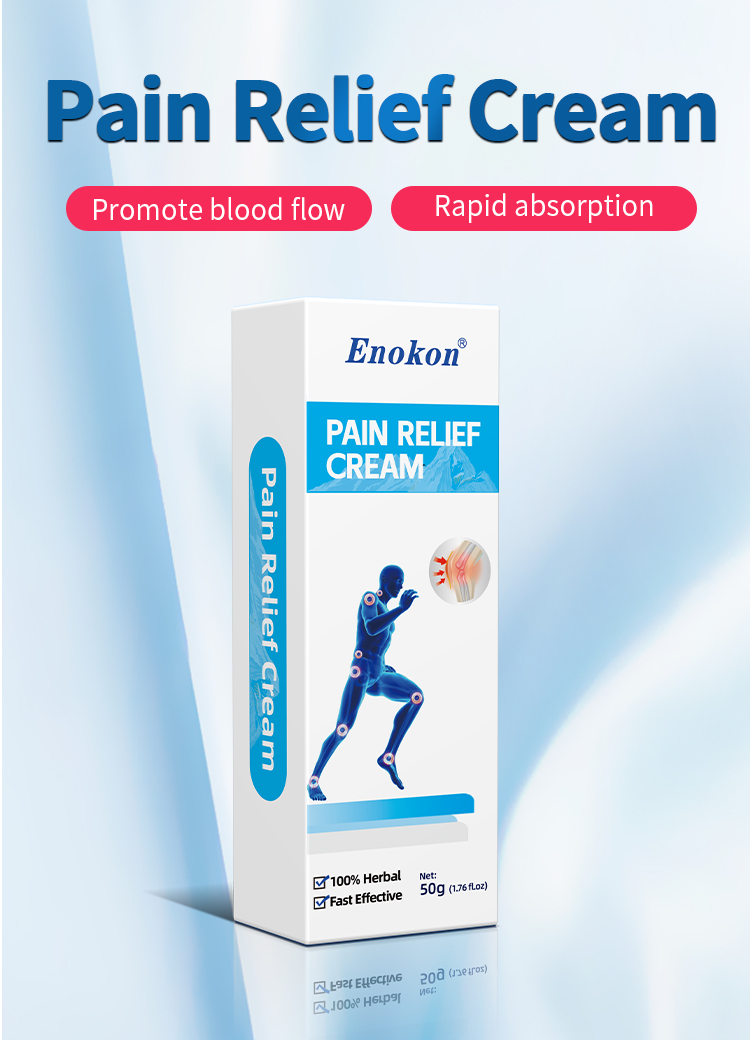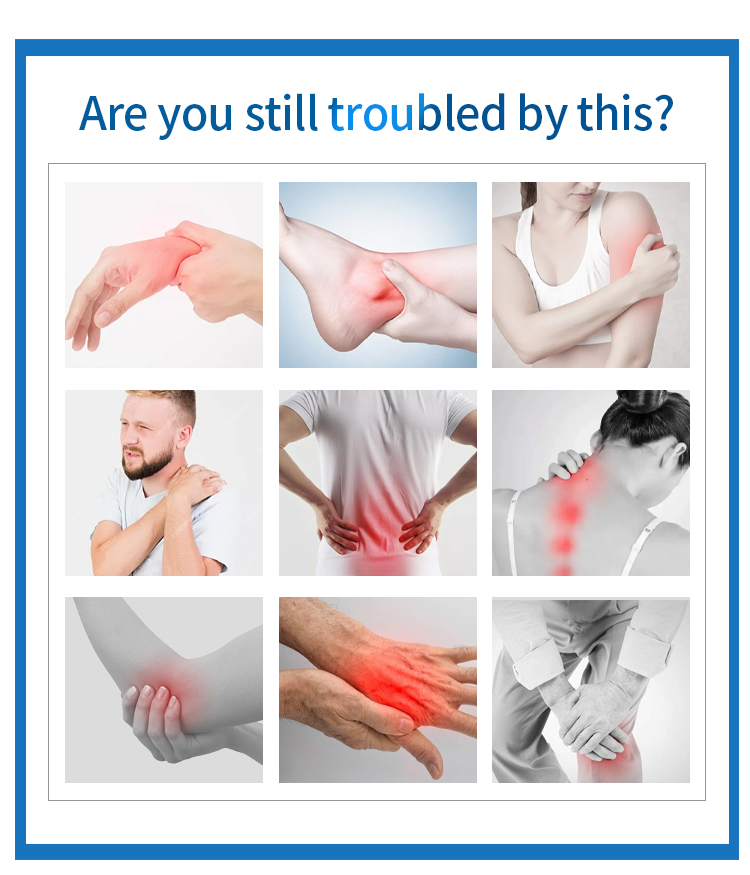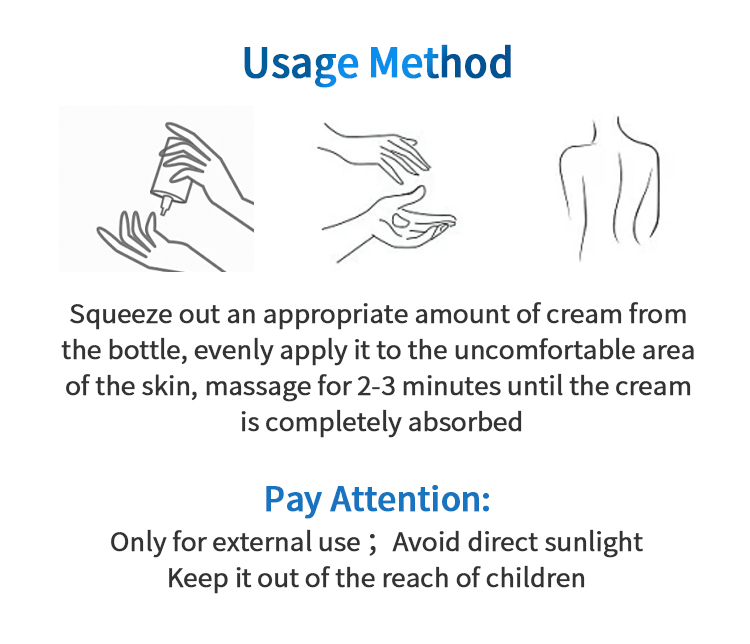The Benefits and Uses of Pain Relief Cream

Pain is a common issue that affects millions of people worldwide, whether due to arthritis, muscle strains, joint discomfort, or chronic conditions. While oral painkillers are widely used, topical solutions like pain relief creams offer a targeted and effective alternative. This article explores the benefits, key ingredients, mechanisms of action, and proper usage of pain relief creams.
What Is Pain Relief Cream?
Pain relief cream is a topical medication designed to alleviate localized pain when applied directly to the skin. Unlike oral pain relievers, which affect the entire body, these creams work precisely where they are needed, minimizing systemic side effects. They are commonly used for:
Muscle soreness and stiffness
Joint pain (e.g., arthritis, osteoarthritis)
Backaches and sprains
Nerve pain (e.g., sciatica, neuropathy)
Sports injuries and post-workout recovery
Key Ingredients in Pain Relief Creams
The effectiveness of a pain relief cream depends on its active ingredients. Some of the most common components include:
1. Menthol
Menthol provides a cooling sensation that distracts the brain from pain signals. It also improves blood circulation to the affected area, promoting faster healing.
2. Capsaicin
Derived from chili peppers, capsaicin works by depleting substance P, a neurotransmitter responsible for sending pain signals to the brain. It is particularly useful for nerve pain and arthritis.
3. Camphor
Camphor has mild analgesic and anti-inflammatory properties, making it useful for minor aches and muscle stiffness.
4. Methyl Salicylate
A derivative of aspirin, methyl salicylate reduces inflammation and soothes muscle and joint pain.
5. Lidocaine
A local anesthetic, lidocaine numbs the skin and underlying tissues, providing temporary relief from sharp or burning pain.
6. Natural Extracts (Arnica, Turmeric, CBD)
Some creams incorporate herbal ingredients like arnica (for bruising and swelling), turmeric (anti-inflammatory), or CBD (cannabidiol) for chronic pain management.
How Do Pain Relief Creams Work?
Pain relief creams function through several mechanisms:
Counterirritation: Ingredients like menthol and camphor create a mild burning or cooling sensation that overrides pain signals.
Anti-Inflammatory Action: Compounds such as salicylates and NSAIDs (in some prescription creams) reduce swelling and inflammation.
Numbing Effect: Anesthetics like lidocaine block nerve signals in the applied area.
Improved Blood Flow: Certain ingredients enhance circulation, speeding up recovery.
Advantages of Using Pain Relief Creams
Localized Relief: Unlike oral medications, creams target only the painful area without affecting other organs.
Fewer Side Effects: Since absorption into the bloodstream is minimal, the risk of stomach, liver, or kidney issues is reduced.
Fast-Acting: Many creams provide relief within minutes of application.
Non-Addictive: Unlike opioid-based painkillers, most topical analgesics are not habit-forming.
Convenience: Easy to carry and apply as needed.
How to Use Pain Relief Cream Safely
While pain relief creams are generally safe, improper use can cause skin irritation or other issues. Follow these guidelines:
Patch Test: Apply a small amount to check for allergic reactions.
Clean the Area: Wash and dry the skin before application.
Follow Dosage Instructions: Avoid excessive use; most creams should be applied 3-4 times daily.
Avoid Broken Skin: Do not apply to open wounds or cuts.
Wash Hands After Use: Prevent accidental transfer to eyes or mucous membranes.
Consult a Doctor: If pain persists beyond a few days, seek medical advice.
Conclusion
Pain relief creams offer a practical and efficient way to manage localized pain without the systemic side effects of oral medications. With various active ingredients available, users can choose a formulation that best suits their needs—whether for muscle soreness, joint discomfort, or nerve pain. However, proper application and awareness of potential skin sensitivities are crucial for safe and effective use. For chronic or severe pain, consulting a healthcare professional is always recommended.
By incorporating pain relief creams into a comprehensive pain management strategy, individuals can experience improved mobility, reduced discomfort, and a better quality of life.



